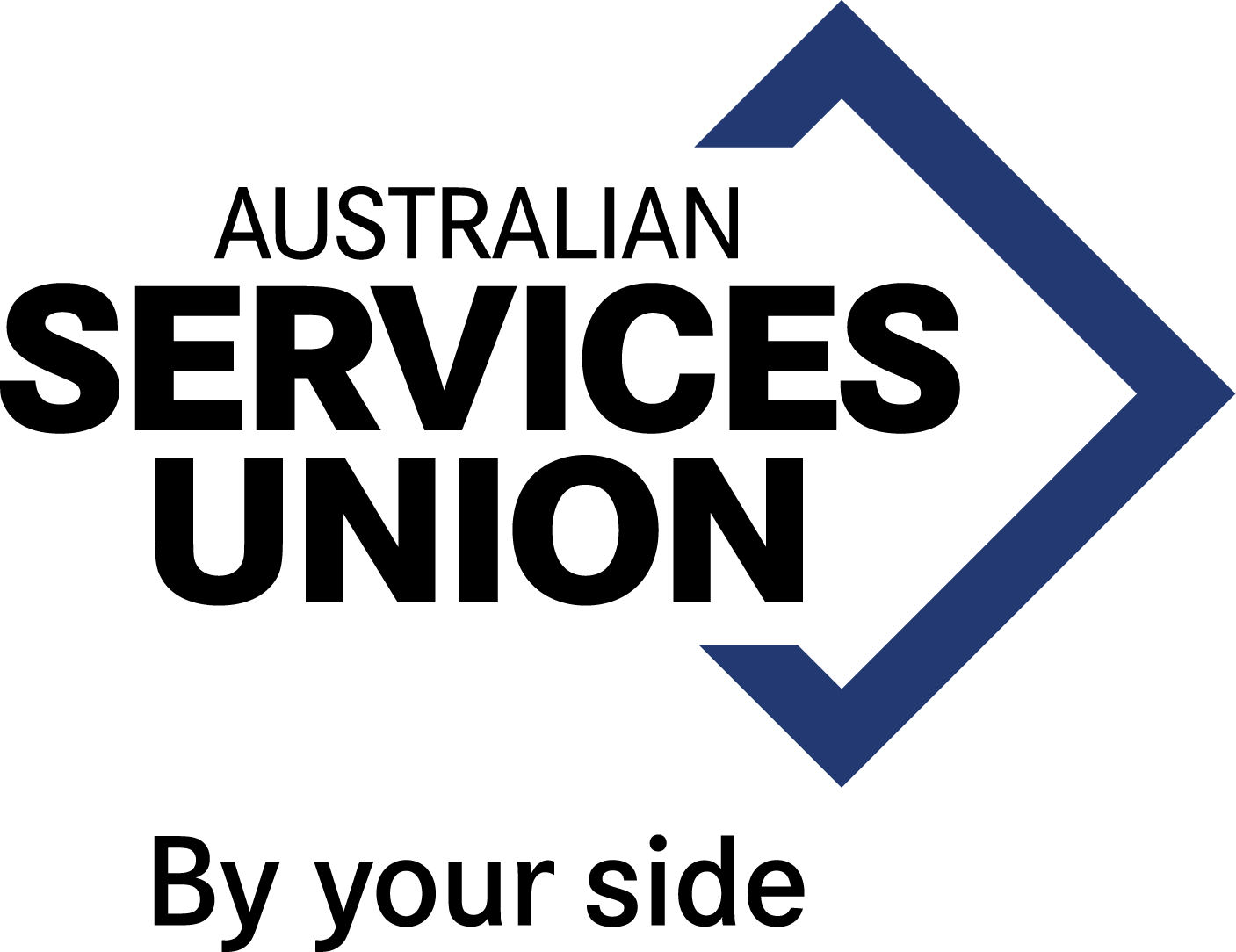Childcare regulation isn’t red tape. It stops our kids getting hurt, or sick, and makes sure they play in a nurturing environment. It makes sure that they are properly supervised by well-trained staff. As a parent, I strongly support the National Quality Framework for childcare and oppose any moves to get rid of them.
By Ryan Batchelor, first published 24 June 2014 by the Chifley Research Centre, republished with permission
Click here to read this article on the Chifley Research Centre website
 A review of the National Quality Framework is set to be announced today by the Abbott Government. The Assistant Minister responsible for childcare has apparently signalled that proposed ratios are too strict, and that staff certification requirements are seemingly impossible to deliver. The timing of, and need for, the review is odd given the comprehensive Productivity Commission inquiry currently underway.
A review of the National Quality Framework is set to be announced today by the Abbott Government. The Assistant Minister responsible for childcare has apparently signalled that proposed ratios are too strict, and that staff certification requirements are seemingly impossible to deliver. The timing of, and need for, the review is odd given the comprehensive Productivity Commission inquiry currently underway.
Attacking red tape is the issue de jour for conservatives. According to their rhetoric the good, free enterprise spirit of Australians is being strangled by needless government requirements. Unshackled, presumably our capacity to live free will generate untold benefits. I say untold because there never appears to be any real benefit described from attacks on safety and conditions that form part of much government regulation.
In childcare, the attack continues on the National Quality Framework. Some, notably smaller and private, child care providers have opposed the National Quality Framework (NQF) since it was announced as part of Federal Labor’s early childhood policy agenda in 2007. An agenda also included lifting the childcare rebate to 50 per cent and funding more places.
The idea behind the NQF was to improve the quality of childcare, so that parents could know that their children safe, and their learning and development were being addressed during those long days in centres.
Here’s some insight into what they actually contain.
The National Quality Standards are a key part of the National Quality Framework. They cover seven areas including education programs, health and safety, the physical environment and staffing. They include requiring childcare centres to make sure that:
- Effective hygiene practices are promoted and implemented.
- Steps are taken to control the spread of infectious diseases and to manage injuries and illness, in accordance with recognised guidelines
- Children are adequately supervised at all times.
- Every reasonable precaution is taken to protect children from harm and any hazard likely to cause injury
The NQF measures a centre against these standards and ensures this information is publicly available to parents. As it should be. Parents must expect nothing less than full information about whether our centre is meeting the standards of care set for our children.
My silver lining to the outcome of last year’s Federal election was that I lost my job and got to be the primary carer of our then eight-month-old son. I can tell you it was a shock to the system in both its intensity and relentlessness. Politics had nothing on parenting. But it was wonderfully rewarding and a time that I will treasure forever. It also made me appreciate just how hard it must be as a worker in a childcare centre to be looking after not just one, not two but three babies at a time. I could hardly keep track of my (not so) little one.
When the NQF and better staff to child ratios are attacked, and calls made to wind them back, doing so would mean more babies per staff member and less time to supervise each child. If that’s the outcome, then no thank you – I want to keep this little bit of ‘red tape’.
So do to child care providers. Research conducted by the Australian Children’s Education and Care Quality Authority in 2013 found that nearly 80% of childcare providers were either very supportive (42%) or supportive (36%) of the NQF. Interestingly, the research also found that a significant part of the regulatory burden by caused by the transition to the NQF, which tends to suggest that changing the rules again would increase, rather than decrease the regulatory burden. One of biggest burdens of the new rules: ‘documenting children’s learning’.
As an industry, childcare is largely deregulated in Australia. There are no longer caps on Federally subsidies places, and there are Federal incentive grants to open more places. The NQF does not regulate competition out of the childcare industry. It doesn’t stop centres from opening, provided they meet the same standards as everyone else.
Barriers to more childcare are not in the National Quality Framework.
Local governments planning controls – like limiting the number of places that can be offered – can act as a bigger barrier. For example one Western Sydney council has a planning code that limits centres to 45 children, and has a restriction on new centres opening near existing centres. Yet these form no part of the NQF.
That could be one area the ‘red tape’ abolitionists should focus their attention first, rather than regulations that keep kids safe.
Earlier in the year in an opinion piece on the ABC’s The Drum, one conservative think-tanker opined, bizarrely, ‘So what exactly is wrong with our childcare system? The short answer: the government.’
The government is not what’s wrong with our childcare system. It’s what holds it together. Let’s not forget that it was the government that saved the childcare industry after the collapse of ABC Learning a little more than five years ago.
ABC Learning’s collapse could have closed around one-third of childcare in Australia. It had an unsustainable business model built on debt and greed, and deep links to the conservative side of politics that should not be forgotten.
But for conservatives, government is an easy bogey, and in childcare this has been personified by the National Quality Framework. This obsession is misplaced.
Access to affordable, high quality childcare is a barrier to parents labour force participation. Of this there is no doubt. It is by far the single biggest factor limiting the working decision for thousands of parents, predominantly women.
But our debate should not assume that it is an issue for women only. Men, like myself, must bear our fair share of the responsibility to look after our children. Whether that’s taking time out of the workforce, asking for more flexible, family friendly work practices, or doing the ringing around to find a spot on a centre’s waiting list, this is our issue too.
Childcare is a problem for parents, but higher birth rates increasing demand for places, or the local council’s restrictions on new centres, are far more likely to be a driver of access problems than the NQF’s so-called ‘red tape’.
Cutting childcare ‘red tape’ will hurt our kids. No one should support that.
By Ryan Batchelor, first published 24 June 2014 by the Chifley Research Centre, republished with permission
Click here to read this article on the Chifley Research Centre website
Find out more about Ryan Batchelor here

